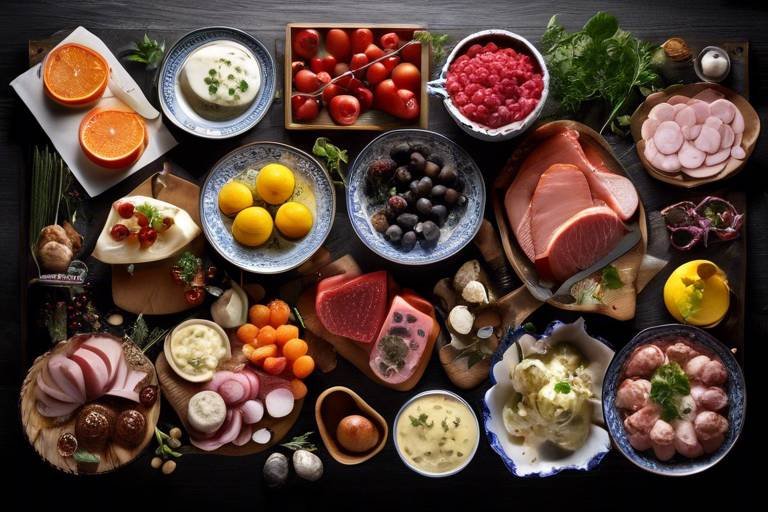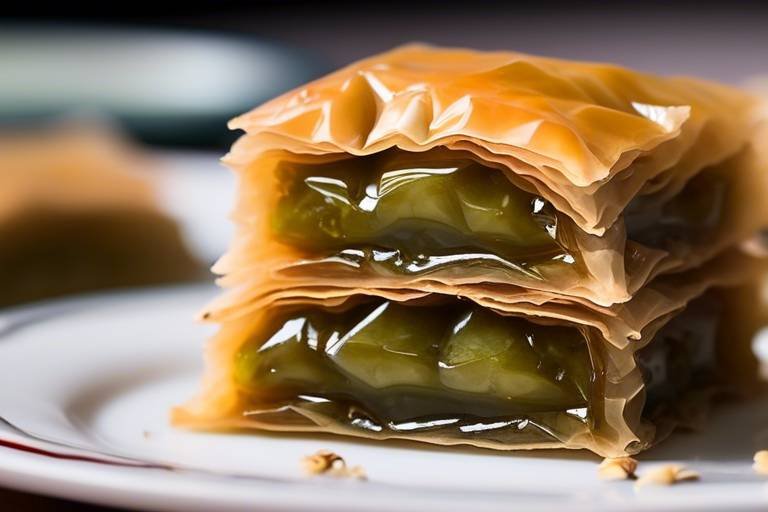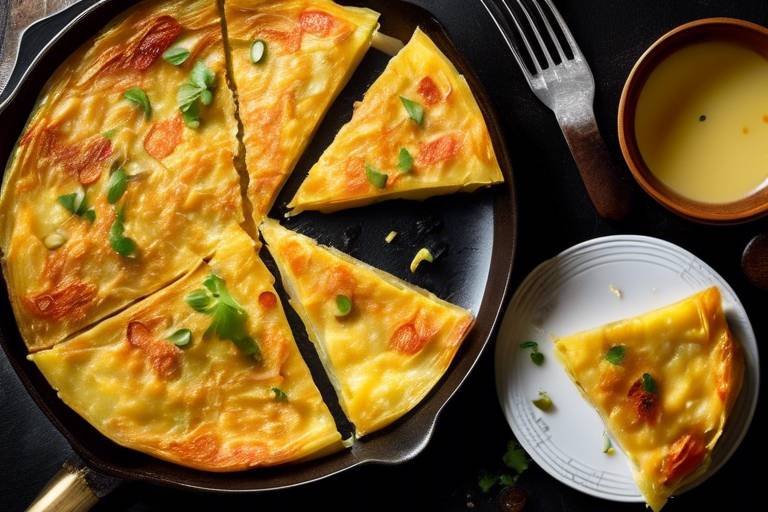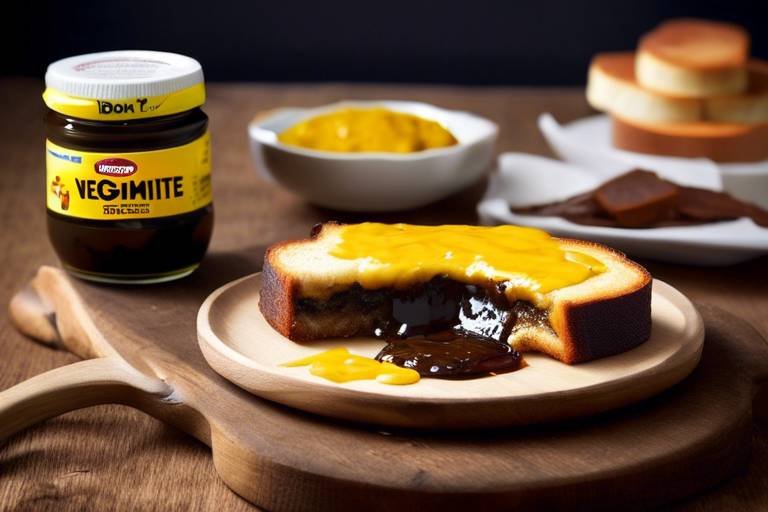Exploring the Unique Flavors of Cuban Ropa Vieja
Discover the traditional Cuban dish, Ropa Vieja, known for its savory shredded beef, aromatic spices, and rich tomato sauce. Ropa Vieja, which translates to "old clothes" in Spanish, is a dish that is as flavorful as it is unique. The tender strands of beef, simmered in a blend of spices and vegetables, create a dish that is both comforting and satisfying. Imagine a burst of flavors in every bite, a symphony of tastes that dance on your taste buds.
As you delve into the world of Cuban cuisine, Ropa Vieja stands out as a true gem, a dish that embodies the essence of Cuban flavors. The combination of tender beef, sweet bell peppers, onions, and garlic, all cooked in a rich tomato sauce, creates a harmony of tastes that is simply irresistible. It's a dish that tells a story, a tale of tradition and culinary artistry passed down through generations.
When you take your first bite of Ropa Vieja, you are greeted with a explosion of flavors that transport you to the vibrant streets of Havana. The savory beef, infused with the warmth of spices and the freshness of vegetables, is a culinary experience like no other. It's a dish that captures the heart and soul of Cuban cooking, a celebration of bold flavors and rich heritage.
Whether you're a seasoned food enthusiast or a curious culinary explorer, Ropa Vieja is a dish that promises to delight your senses and leave you craving for more. So, come along on a journey through the unique flavors of Cuban Ropa Vieja, and discover the magic that lies within each delicious bite.
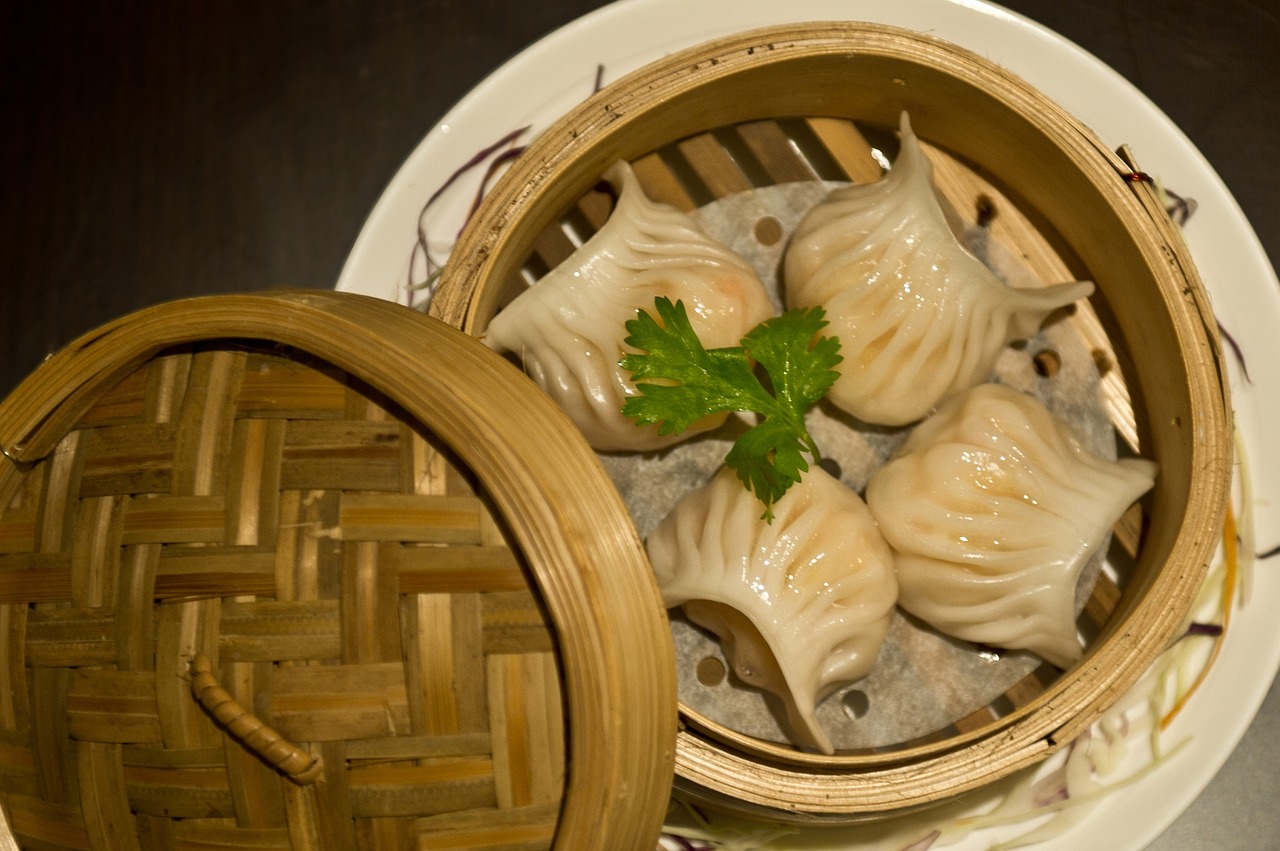
History of Ropa Vieja
History of Ropa Vieja: Ropa Vieja, which translates to "old clothes" in Spanish, has a rich history dating back to the early days of Spanish colonization in Cuba. Originally a Spanish dish, Ropa Vieja made its way to the Caribbean island through cultural exchange and adaptation. Over time, it became a beloved staple in Cuban cuisine, symbolizing the fusion of Spanish and Cuban culinary traditions.
The dish's name, "ropa vieja," reflects its unique preparation method of slow-cooking beef until it can be easily shredded into thin, thread-like strands resembling tattered clothing. This method not only tenderizes the meat but also allows it to absorb the flavors of the aromatic spices and vegetables it is cooked with, creating a dish that is both flavorful and comforting.
Legend has it that a poor man once shredded and cooked his old, worn-out clothes with vegetables and spices out of desperation, only to discover that the resulting dish was surprisingly delicious. While this tale may be more folklore than fact, it speaks to the humble origins and resourcefulness that are at the heart of Cuban cuisine.
Throughout history, Ropa Vieja has evolved to reflect the changing cultural landscape of Cuba. Influences from African, Caribbean, and indigenous Taino cuisines have all contributed to the diverse flavors and ingredients found in different versions of this iconic dish. Today, Ropa Vieja stands as a symbol of Cuban identity, tradition, and culinary innovation.
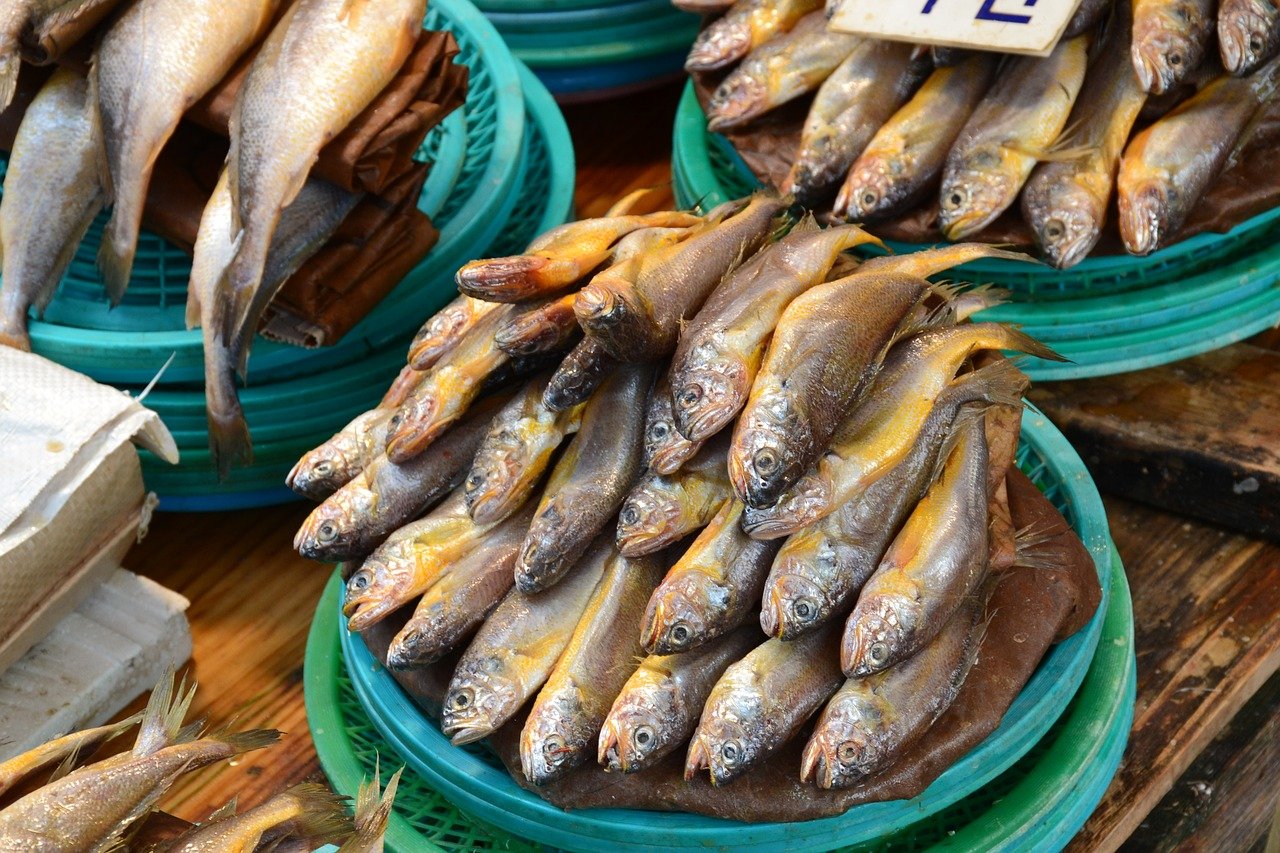
Key Ingredients in Ropa Vieja
Ropa Vieja, a traditional Cuban dish, is renowned for its unique and delightful flavor profile that comes from a combination of key ingredients. These ingredients work harmoniously to create a savory and aromatic experience that is loved by many.
At the heart of Ropa Vieja is the flank steak, which is slow-cooked until tender and then shredded into fibers resembling old clothes, hence the name "ropa vieja." This tender beef is then combined with bell peppers, onions, garlic, tomatoes, and a blend of spices to enhance the dish's depth of flavor.
The bell peppers and onions add a sweet and tangy note to the dish, while the garlic provides a rich and aromatic undertone. The tomatoes bring a touch of acidity and sweetness, balancing the flavors perfectly. The blend of spices, which may include cumin, oregano, and bay leaves, adds a warm and earthy complexity to the dish.
When these ingredients come together in a simmering tomato-based sauce, they create a melting pot of flavors that is both comforting and satisfying. The tender beef, the vibrant vegetables, and the fragrant spices all play a crucial role in making Ropa Vieja a beloved part of Cuban cuisine.
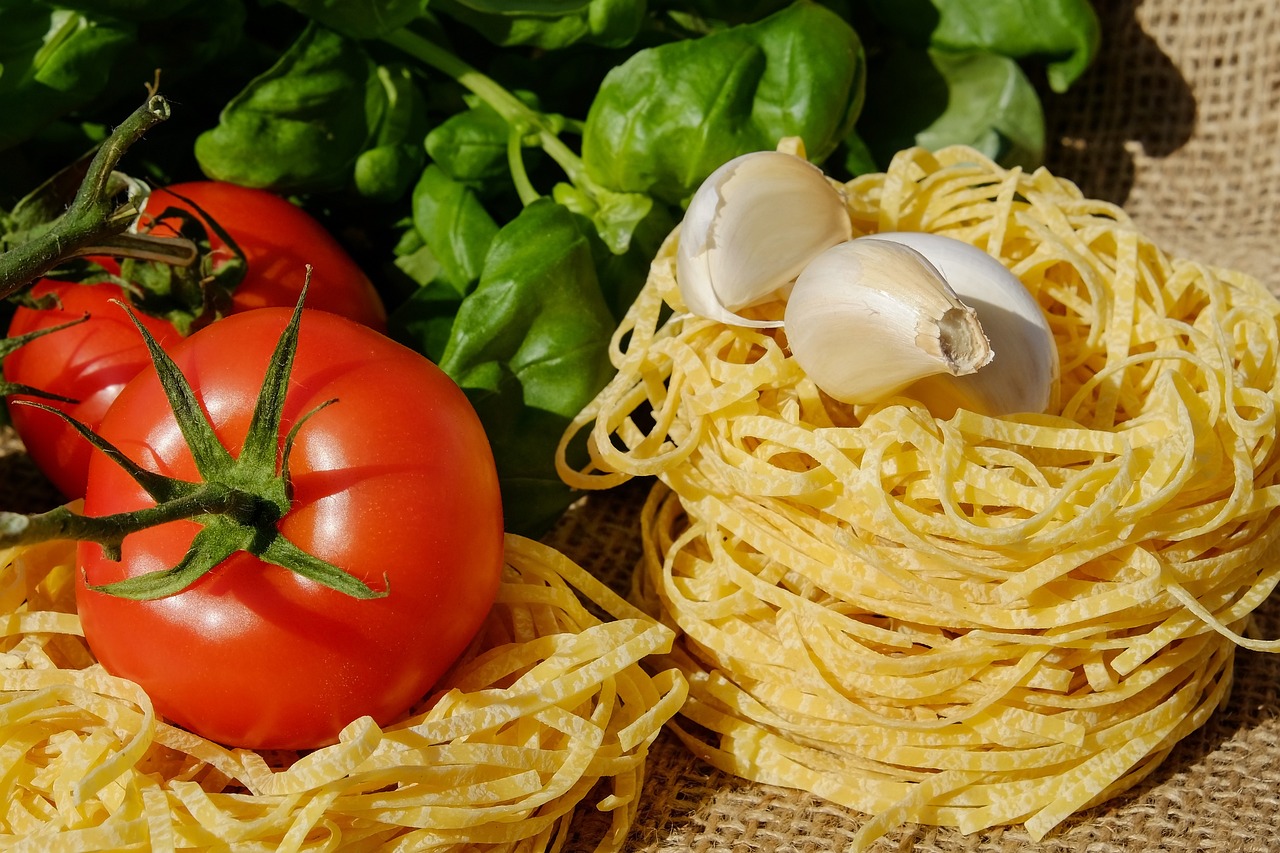
Traditional Preparation Methods
Traditional preparation methods of Ropa Vieja involve a meticulous process that transforms simple ingredients into a flavorful masterpiece. The journey begins with a cut of flank steak, a tough yet flavorful cut of beef that undergoes a magical transformation through slow cooking. The meat is seasoned with a medley of spices, including cumin, oregano, and bay leaves, infusing it with a rich and aromatic flavor profile.
Once seasoned, the flank steak is seared to lock in the juices and enhance the depth of flavor. It is then simmered in a pot with onions, bell peppers, and garlic, creating a fragrant base for the dish. As the meat cooks, it gradually tenderizes, allowing it to be easily shredded into delicate strands reminiscent of old clothes, giving Ropa Vieja its iconic name.
The shredded beef is then reintroduced to the pot, where it is bathed in a luscious tomato-based sauce. The sauce, enriched with the essence of the beef and vegetables, simmers gently, allowing the flavors to meld together harmoniously. This slow-cooking process is crucial to developing the complex layers of taste that define authentic Ropa Vieja.
To elevate the dish further, some variations include the addition of olives, capers, or even a splash of wine, adding depth and complexity to the flavor profile. The final touch often involves a sprinkle of fresh herbs, such as cilantro or parsley, to brighten the dish and add a burst of freshness.
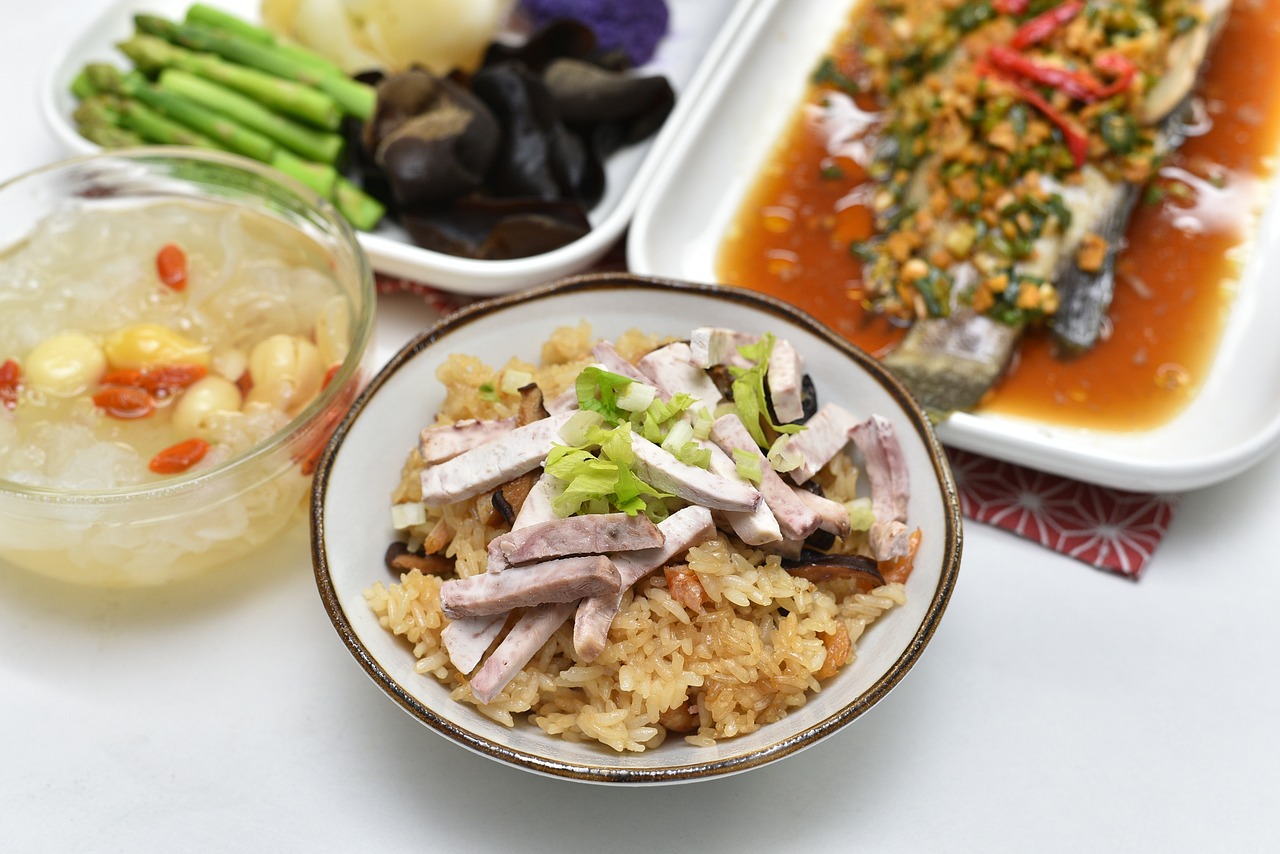
old clothes
When it comes to the unique dish of Ropa Vieja, one of the most intriguing aspects is the term "old clothes" that is used to describe the shredded beef. This name originates from the appearance of the beef fibers after they have been slow-cooked and shredded, resembling tattered, old clothing. It's a vivid and descriptive term that adds to the charm and character of this traditional Cuban dish.
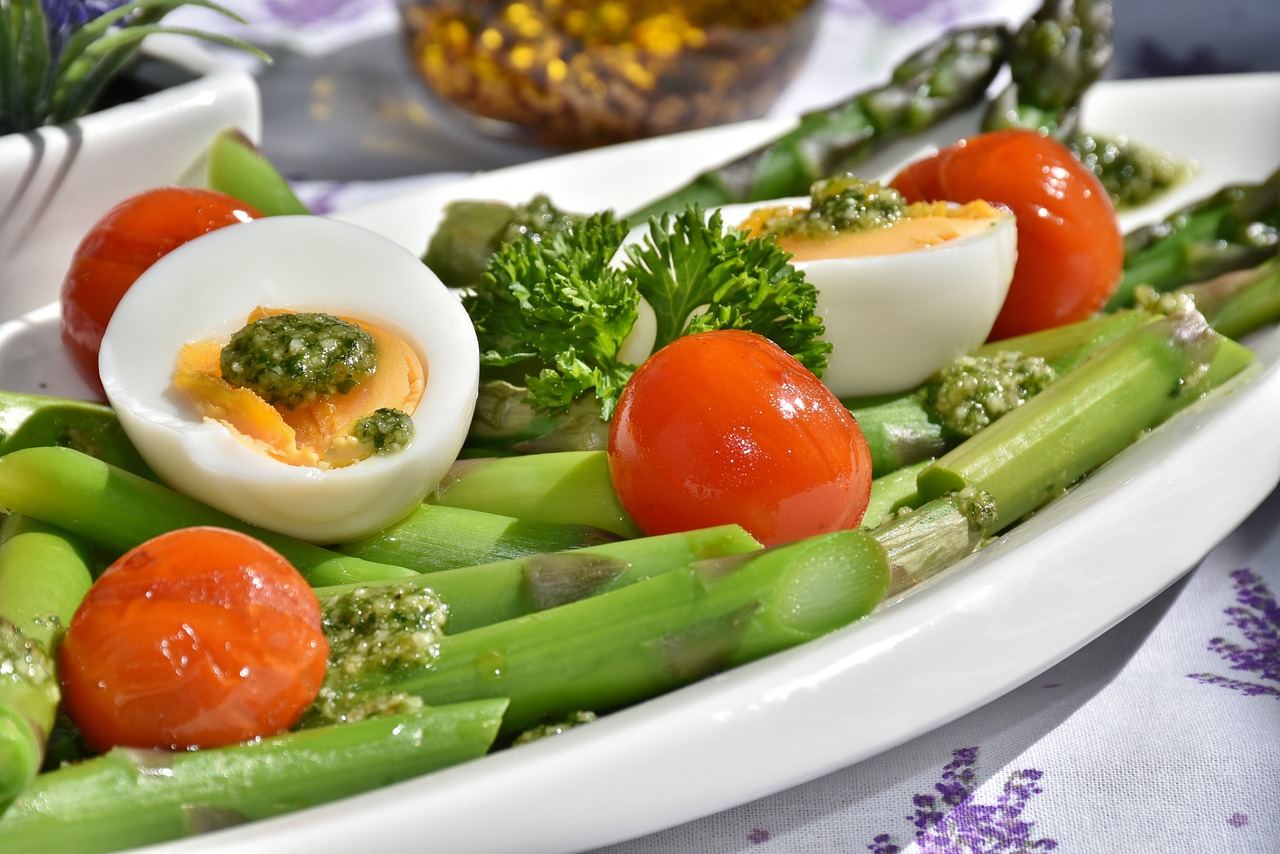
(ropa vieja), and simmering it in a flavorful tomato-based sauce. Delve into the step-by-step process of making this iconic dish.
(Ropa vieja), and simmering it in a flavorful tomato-based sauce. Delve into the step-by-step process of making this iconic dish.
To create the mouthwatering Cuban dish known as Ropa Vieja, the process involves several key steps that contribute to its rich flavors and tender texture. The journey begins with the slow-cooking of flank steak, allowing it to simmer in a savory broth until it reaches a melt-in-your-mouth consistency. The steak is then carefully shredded into thin strands, resembling the tattered appearance of old clothes, hence the name "ropa vieja."
Next comes the crucial step of simmering the shredded beef in a luscious tomato-based sauce infused with a blend of aromatic spices. The sauce, often featuring a medley of bell peppers, onions, garlic, and tomatoes, imparts a depth of flavor that permeates the tender meat, creating a harmonious blend of savory and slightly sweet notes.
As the dish simmers gently on the stove, the flavors meld together, intensifying with each passing minute. The slow-cooking process allows the meat to absorb the essence of the sauce, resulting in a dish that is bursting with rich, complex flavors that are sure to tantalize the taste buds.
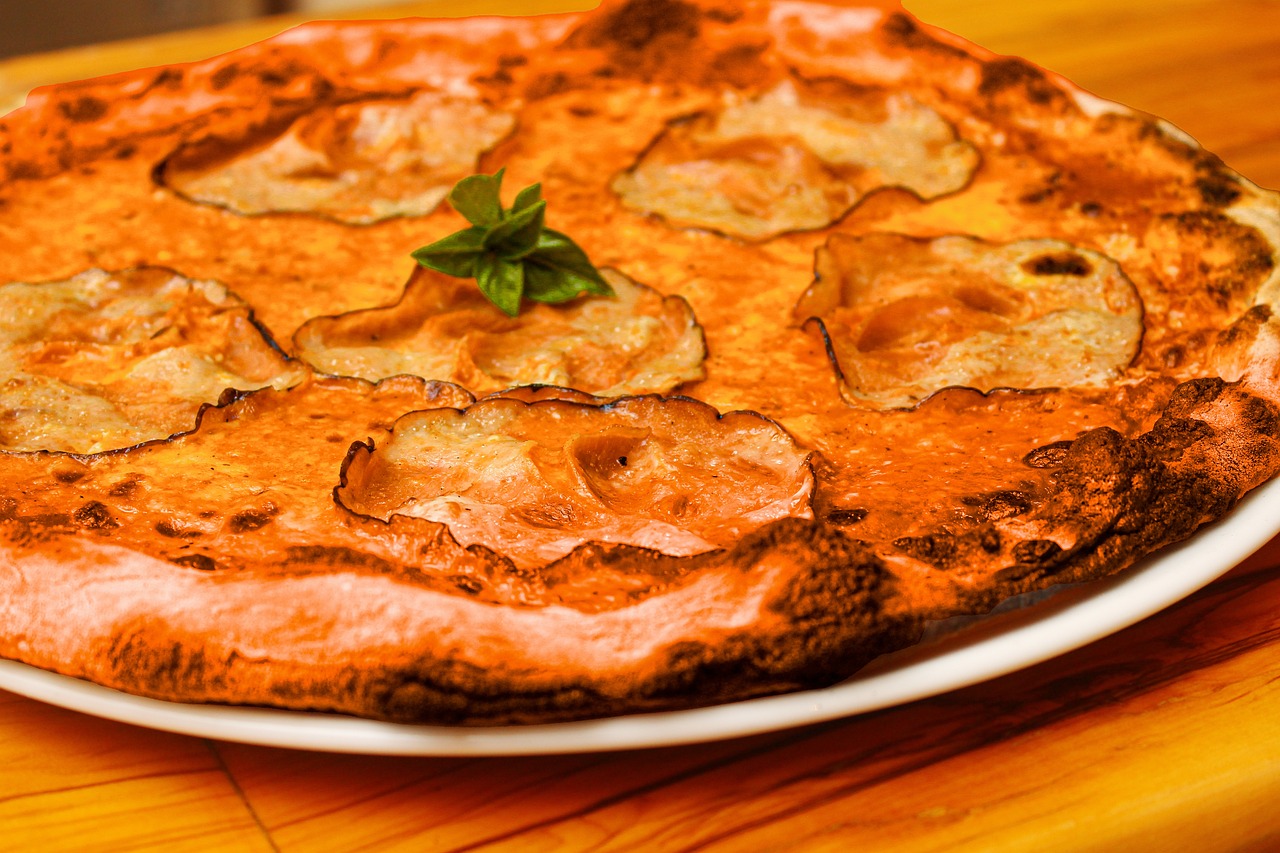
Regional Variations of Ropa Vieja
When it comes to Ropa Vieja, a dish deeply rooted in Cuban cuisine, regional variations add an exciting twist to this beloved classic. Across different regions of Cuba and even beyond, you'll find unique takes on this flavorful shredded beef dish that showcase the diverse culinary influences at play.
In some regions, the spice blend used in Ropa Vieja may vary, with certain areas opting for a spicier kick while others prefer a milder flavor profile. This variation in spices adds a layer of complexity to the dish, appealing to a wide range of taste preferences.
Additionally, regional variations of Ropa Vieja often include unique ingredient additions that reflect the local produce and culinary traditions. From the addition of olives or capers to the incorporation of regional herbs and spices, each variation offers a distinct culinary experience.
One interesting regional twist on Ropa Vieja is the use of different cuts of beef, depending on the availability and preference in a particular area. While flank steak is the traditional choice, some regions may use alternative cuts that bring their own unique texture and flavor to the dish.
Exploring the regional variations of Ropa Vieja allows you to experience the diverse flavors and culinary creativity that make this dish a true representation of Cuban gastronomy. Whether you're savoring a spicy version with a kick or tasting a unique blend of local ingredients, each variation offers a delightful culinary journey.
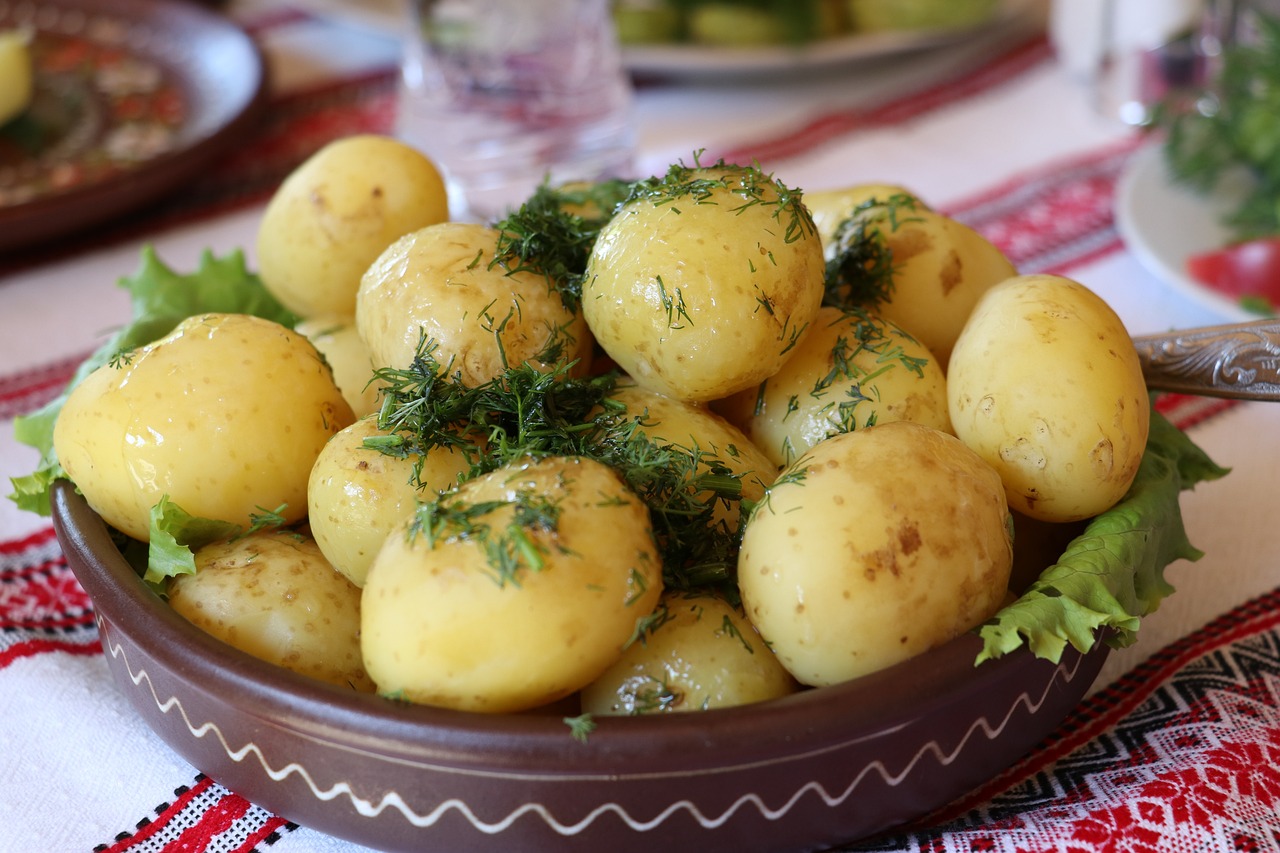
Serving and Presentation
When it comes to serving and presenting Ropa Vieja, Cuban households and restaurants take pride in showcasing this flavorful dish in a visually appealing and appetizing manner. The traditional way of serving Ropa Vieja involves placing a generous portion of the savory shredded beef on a bed of fluffy white rice, accompanied by sweet fried plantains and a side of black beans. This combination of textures and flavors creates a harmonious meal that is both satisfying and comforting.
To elevate the presentation of Ropa Vieja, some chefs and home cooks garnish the dish with a sprinkle of fresh cilantro or parsley for a pop of color and freshness. Slices of ripe avocado or a drizzle of tangy lime juice can also add a refreshing contrast to the rich flavors of the beef and tomato sauce. Additionally, serving Ropa Vieja in colorful ceramic bowls or traditional clay pots enhances the visual appeal of the dish and adds to the overall dining experience.
For special occasions or gatherings, Ropa Vieja is often served family-style, with the steaming pot placed at the center of the table for everyone to help themselves. This communal way of serving not only encourages sharing and togetherness but also allows guests to savor the dish while it's still warm and fragrant. The act of ladling the tender beef and sauce over a mound of rice becomes a ritual of comfort and connection, bringing people together over a delicious meal.
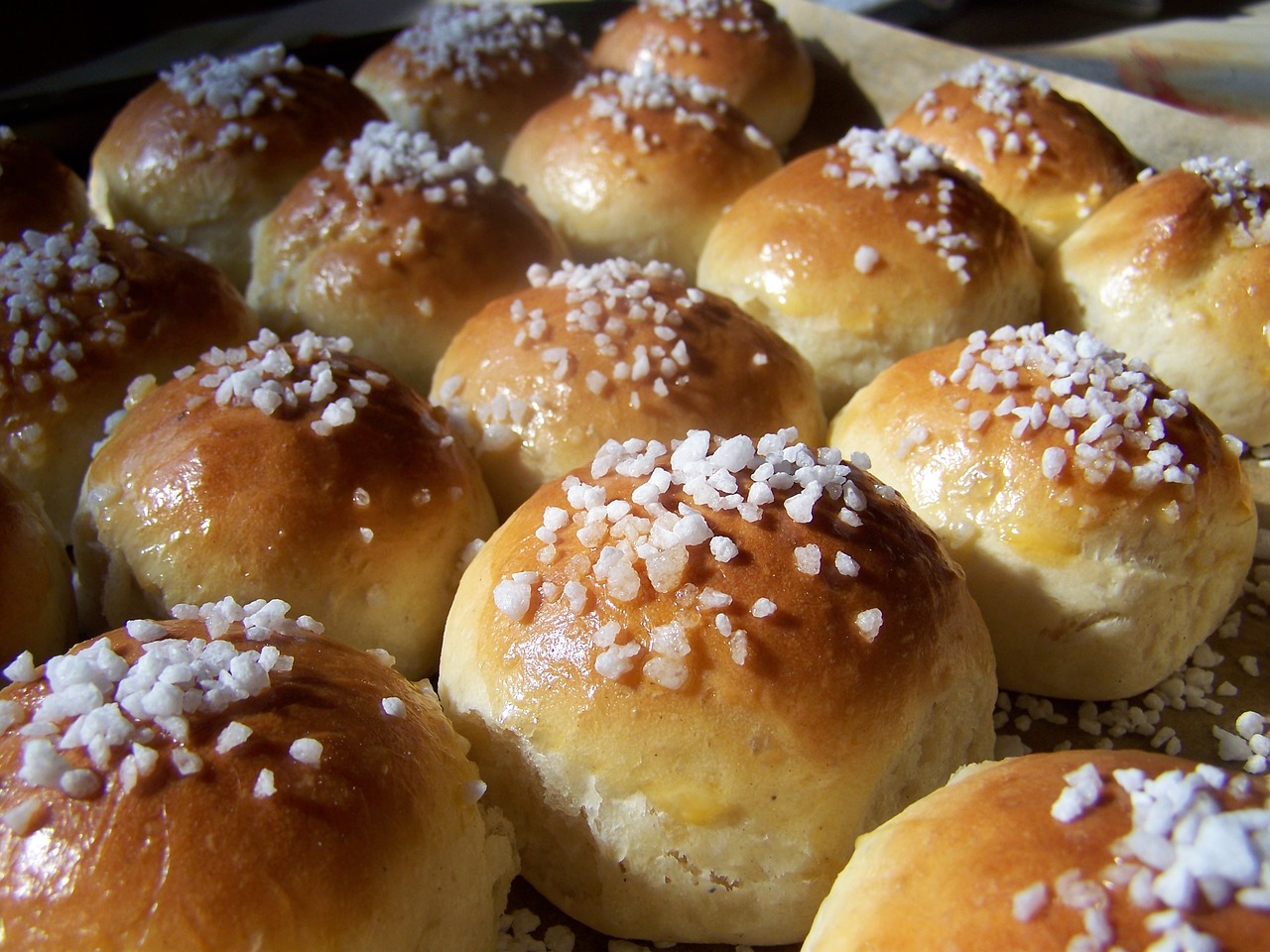
Ropa Vieja in Cuban Culture
Ropa Vieja holds a special place in Cuban culture, serving as more than just a meal but as a symbol of tradition, unity, and celebration. This iconic dish is deeply woven into the fabric of Cuban society, often gracing the tables of festive gatherings, family reunions, and important events. Its presence signifies warmth, generosity, and the essence of Cuban hospitality.
When Ropa Vieja is prepared and enjoyed, it brings people together, fostering connections and creating memorable moments. The act of sharing a steaming plate of this flavorful dish is a communal experience, where stories are shared, laughter echoes, and bonds are strengthened. It embodies the spirit of togetherness and the joy of savoring a beloved culinary heritage.
Furthermore, Ropa Vieja reflects the vibrancy and diversity of Cuban culture, showcasing the fusion of Spanish, African, and Caribbean influences in its rich flavors and colorful presentation. Each bite tells a story of the past, present, and future, encapsulating the resilience and creativity of the Cuban people.
In Cuban households, the preparation of Ropa Vieja is often a labor of love, with recipes passed down through generations, each with its unique twist and secret ingredient. The dish is not just about nourishment but about preserving memories, honoring ancestors, and celebrating the essence of being Cuban.
Whether enjoyed during a lively fiesta or a quiet family dinner, Ropa Vieja transcends its culinary significance to embody the soul of Cuban culture, embodying the values of community, connection, and joy that define the Cuban way of life.
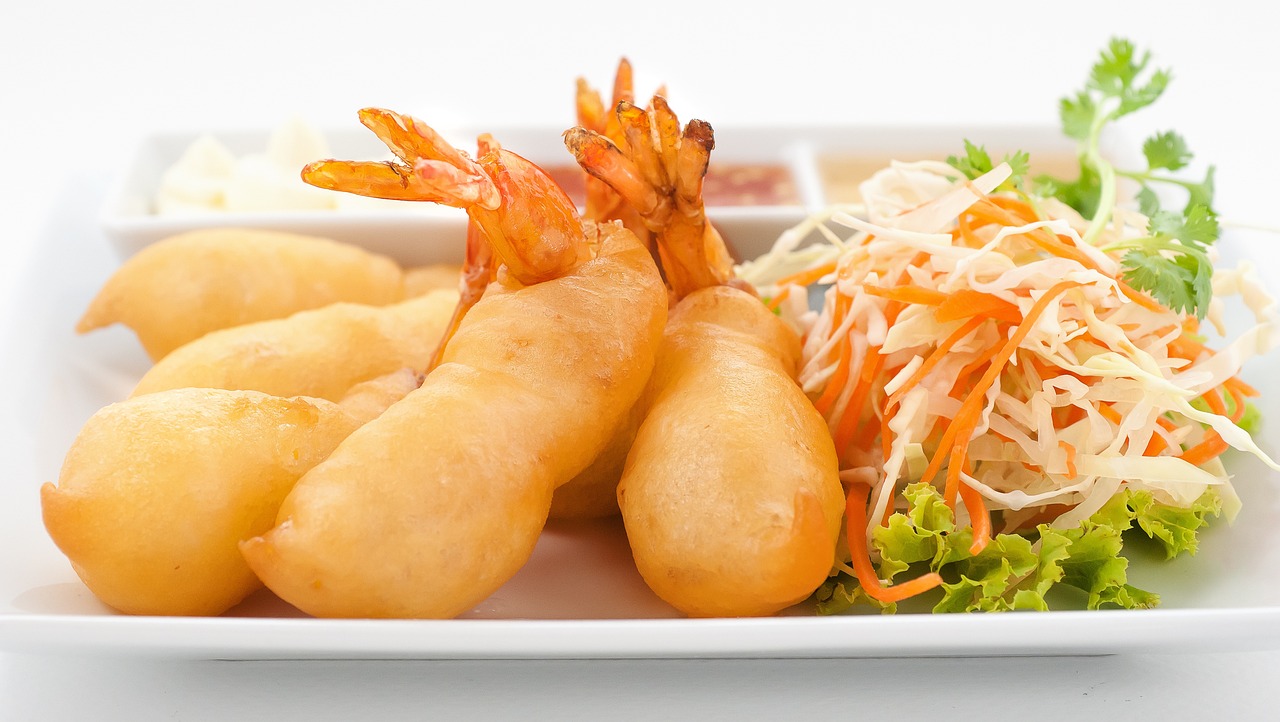
Health Benefits of Ropa Vieja
When it comes to the traditional Cuban dish of Ropa Vieja, the health benefits are just as impressive as the flavors. This savory meal, packed with shredded beef and vibrant vegetables, offers a range of nutritional advantages that make it a wholesome choice for any dining occasion.
Ropa Vieja is a rich source of protein, essential for building and repairing tissues in the body. The lean beef used in this dish provides high-quality protein that is both satisfying and nourishing. Alongside the protein content, Ropa Vieja is also abundant in vitamins and minerals, thanks to the colorful array of vegetables like bell peppers, onions, and tomatoes.
One of the key health benefits of Ropa Vieja lies in its balance of nutrients. The combination of protein from the beef and a variety of vegetables creates a well-rounded meal that can contribute to overall health and well-being. Additionally, the cooking methods used in preparing Ropa Vieja, such as slow-cooking, help retain the nutritional value of the ingredients.
For those looking to enjoy a flavorful dish without compromising on health, Ropa Vieja offers a satisfying solution. Whether you're seeking a boost of protein, a dose of vitamins, or simply a delicious and wholesome meal, this Cuban classic has you covered.
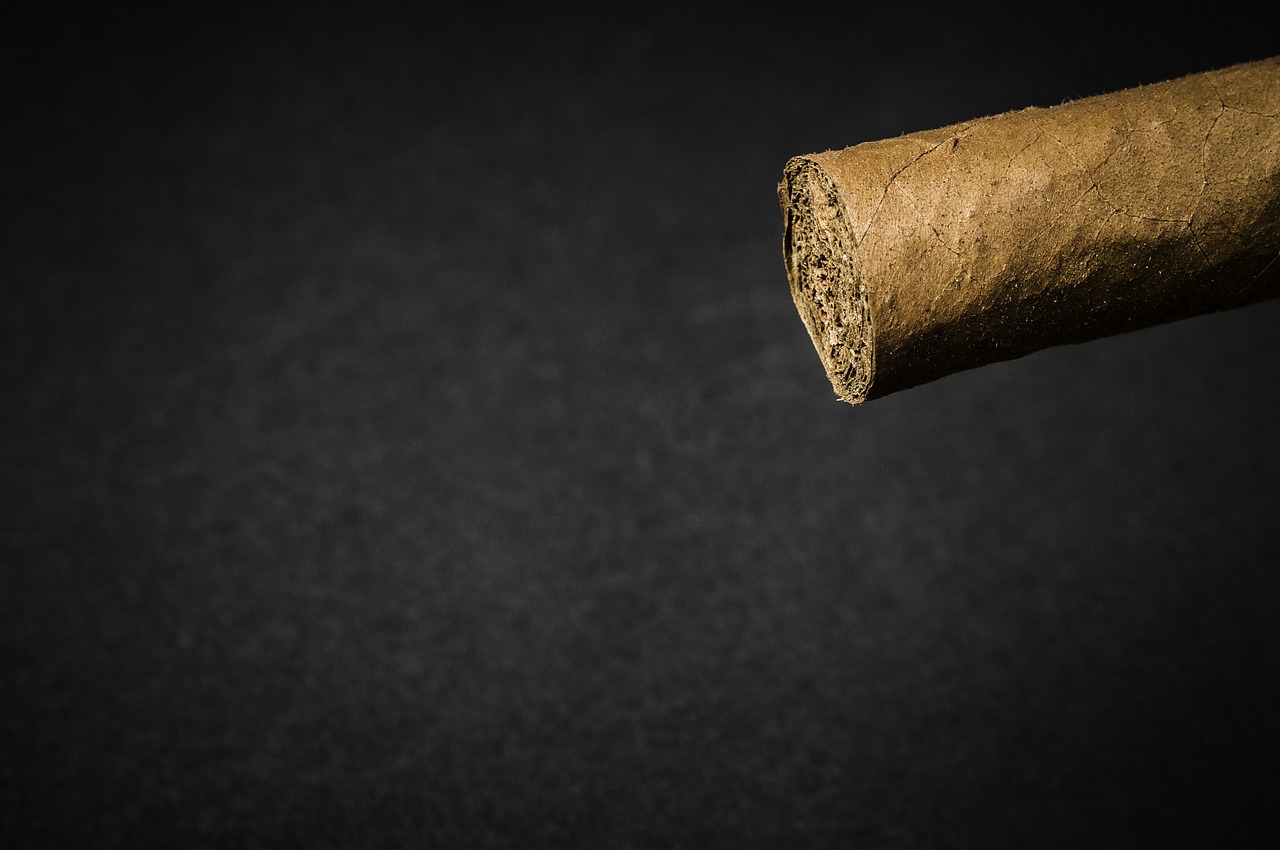
Modern Twists on Ropa Vieja
Modern chefs and culinary innovators have been putting their own unique twists on the classic Ropa Vieja recipe, creating exciting variations that appeal to modern palates. One popular modern twist is the incorporation of fusion cuisine elements, blending traditional Cuban flavors with influences from other culinary traditions. This fusion approach introduces new and unexpected flavor combinations, adding a contemporary flair to the dish.
Another trend in modern Ropa Vieja preparations is the use of innovative cooking techniques to elevate the dish. Chefs are experimenting with sous vide cooking, smoking, and even incorporating molecular gastronomy principles to bring a fresh perspective to this timeless recipe. These techniques not only enhance the flavors but also add a touch of creativity and sophistication to the presentation of the dish.
Furthermore, some chefs are exploring vegetarian and vegan versions of Ropa Vieja to cater to diverse dietary preferences. By replacing the traditional beef with plant-based alternatives like jackfruit or mushrooms, these innovative renditions offer a meat-free twist on the classic dish while maintaining the rich flavors and textures that make Ropa Vieja so beloved.
Frequently Asked Questions
- What is the origin of Ropa Vieja?
Ropa Vieja originated in Spain and has become a staple in Cuban cuisine, reflecting the cultural fusion between the two regions.
- What are the key ingredients in Ropa Vieja?
The essential ingredients in Ropa Vieja include flank steak, bell peppers, onions, garlic, tomatoes, and a blend of spices that come together to create its unique flavor profile.
- How is Ropa Vieja traditionally prepared?
Ropa Vieja is traditionally prepared by slow-cooking beef until tender, shredding it into fibers resembling old clothes (ropa vieja), and simmering it in a flavorful tomato-based sauce.
- What are the health benefits of Ropa Vieja?
Ropa Vieja is rich in protein, vitamins, and minerals due to its combination of lean beef and vegetables, making it a healthy and satisfying meal option.
- Are there any regional variations of Ropa Vieja?
Yes, there are various regional variations of Ropa Vieja found across Cuba and beyond, with different spice blends and unique ingredient additions that reflect the diversity of Cuban cuisine.



